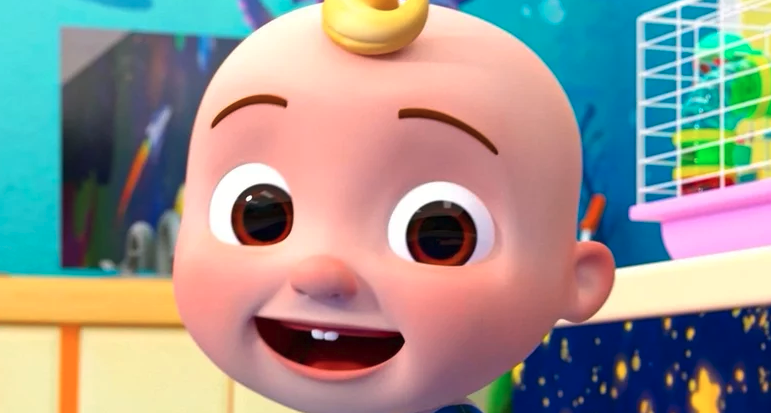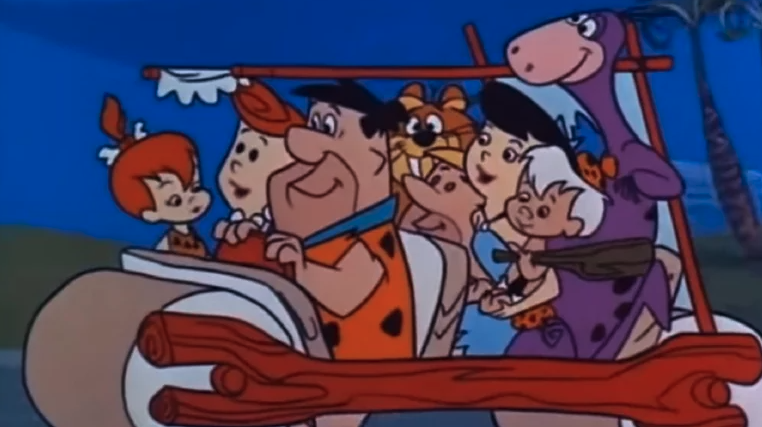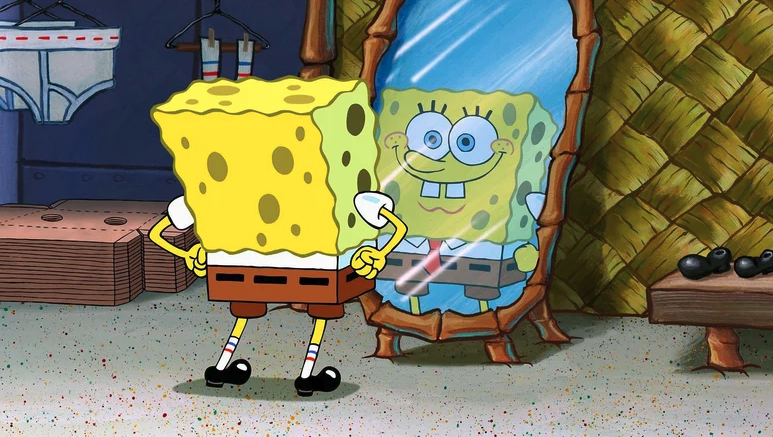Things Only Adults Notice In CoComelon
Watching CoComelon as an adult reveals some oddly specific details. The sheer volume of songs about mundane activities like brushing teeth or eating vegetables becomes overwhelming. The perfectly clean and organized house, despite the presence of multiple young children, seems unrealistic. The parents' perpetually cheerful demeanor, regardless of the chaos, feels somewhat forced. Finally, the catchy tunes, while designed for children, can become surprisingly addictive, even for adults, leading to unexpected earworms.

CoComelon, the popular children's YouTube channel and streaming series, has become a ubiquitous presence in households with young children. Its brightly colored animations, catchy songs, and focus on everyday activities have captivated toddlers worldwide. However, watching CoComelon as an adult reveals a number of peculiar details and underlying themes that are likely missed by its target audience. These observations range from the simply odd to the surprisingly thought-provoking, offering a unique perspective on this seemingly simple children's program.
Understanding the CoComelon Phenomenon
Who is CoComelon?: Before delving into the specific details, it's worth briefly addressing the nature of CoComelon itself. Unlike traditional children's shows with distinct characters and ongoing narratives, CoComelon is more of a collection of animated nursery rhymes and original songs. The focus is on visual stimulation and catchy tunes, designed to engage young children's attention. This format contributes to some of the inconsistencies and oddities that adults may notice.

Inconsistencies and Oddities
- The inconsistent developmental stages of JJ: JJ, the central character of CoComelon, exhibits a perplexing range of developmental stages. In some episodes, he's clearly an infant, crawling, babbling, and requiring constant care. In other episodes, he's suddenly walking, talking in full sentences, and engaging in activities appropriate for a much older child. This inconsistency can be jarring for adult viewers familiar with child development milestones. It's as if JJ's age and abilities shift to suit the needs of each individual song or segment.

2. The perpetually spotless house: The CoComelon household is consistently pristine and impeccably organized. Despite the presence of multiple young children, there are never any toys scattered on the floor, no signs of mess or clutter, and everything is always perfectly in its place. This unrealistic portrayal of domestic life can be amusing to adults, who know firsthand the challenges of keeping a house tidy with young children. It creates a sort of idealized, almost surreal domestic setting.
3. The eerily cheerful parents: JJ's parents are perpetually cheerful and upbeat, regardless of the situation. Whether they're dealing with a tantrum, a messy meal, or a late bedtime, they always maintain a calm and positive demeanor. While promoting positive parenting is certainly a good thing, the parents' unwavering cheerfulness can come across as somewhat forced and unnatural to adult viewers. It's a level of sustained enthusiasm that few real-life parents can maintain.
Deeper Observations and Interpretations
- JJ's parents must be rich: The CoComelon family lives in a large, well-furnished house, has access to a wide variety of toys and activities, and appears to have no financial constraints. This has led some adult viewers to speculate about the family's wealth. Are they independently wealthy? Do they have high-paying jobs? The show never provides any concrete answers, but the family's lifestyle certainly suggests a comfortable upper-middle-class existence.

2. The repetitive nature of the songs: While the catchy tunes are undoubtedly effective at capturing children's attention, their repetitive nature can be grating for adults. The songs often repeat the same phrases and melodies multiple times, which can lead to "earworms" and a sense of mental exhaustion for adult viewers who are subjected to them repeatedly. This repetition, while beneficial for language acquisition in young children, can be a source of frustration for adults.
3. The focus on consumerism: Some adult viewers have observed a subtle emphasis on consumerism in CoComelon. The show frequently features new toys, gadgets, and activities, which can be interpreted as promoting a consumerist lifestyle. While this may not be intentional, it's a detail that some adults have picked up on.
4. The lack of narrative complexity: As mentioned earlier, CoComelon lacks a traditional narrative structure. There are no ongoing storylines, character development, or complex plotlines. This simplicity is intentional, as the show is primarily designed for very young children who are still developing their cognitive abilities. However, this lack of narrative depth can make the show less engaging for adult viewers who are accustomed to more complex storytelling.
Conclusion: A Different Perspective on CoComelon
While CoComelon is undoubtedly effective at entertaining and engaging young children, watching it as an adult provides a different perspective. The inconsistencies, oddities, and underlying themes that adults notice can be both amusing and thought-provoking. From JJ's fluctuating age to the perpetually spotless house and the eerily cheerful parents, these details offer a unique lens through which to view this popular children's program. While it may not be designed for adult audiences, CoComelon offers plenty to observe and discuss for those who are willing to look beyond the catchy tunes and bright colors. It serves as a reminder that children's media can be interpreted in different ways depending on one's age and perspective.




